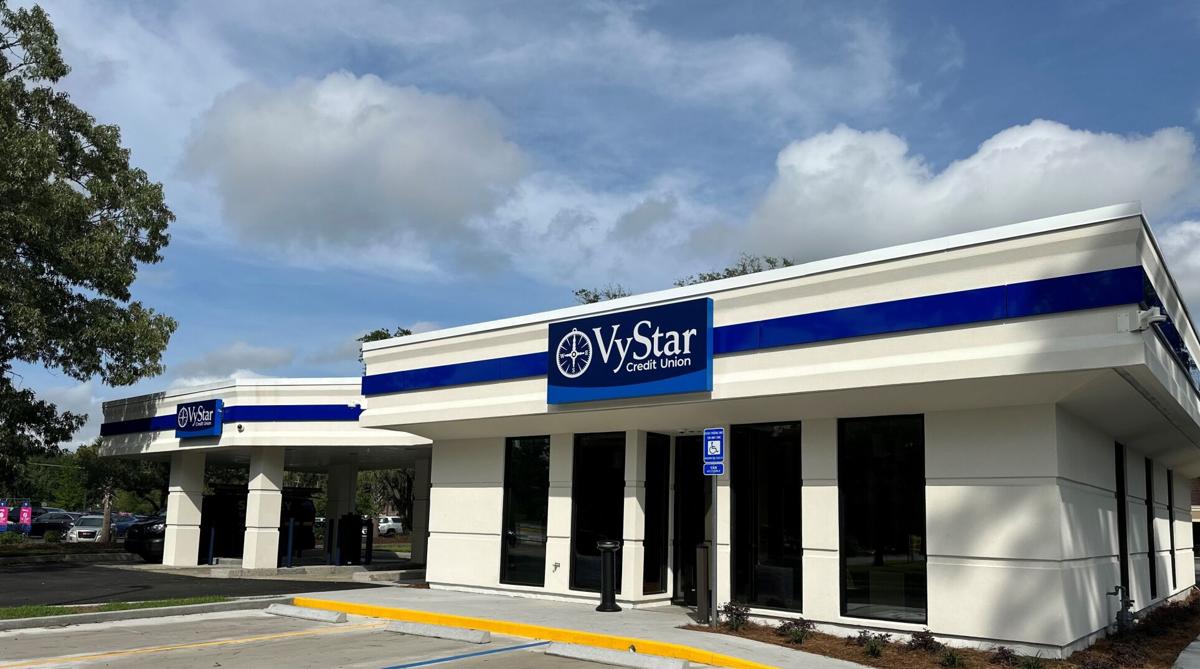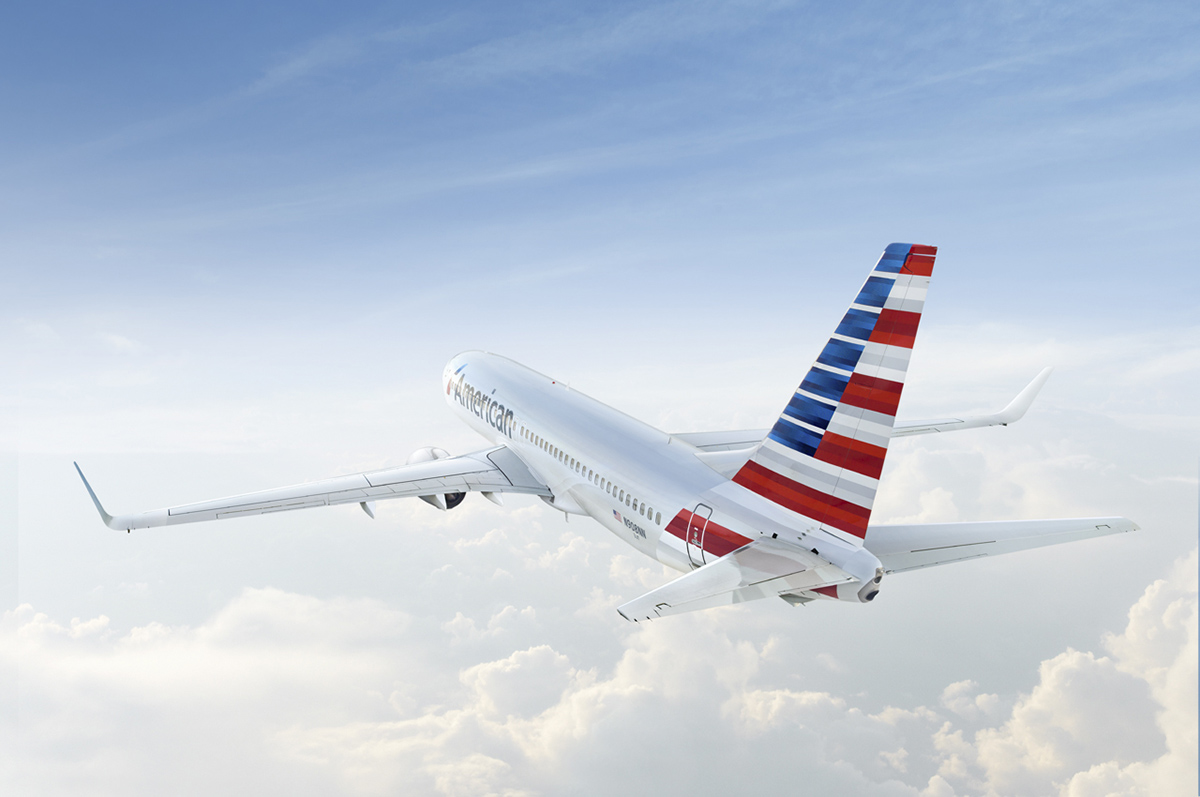

Finance
What Is TSA In M&A
Published: February 23, 2024
Learn about TSA in M&A and its significance in finance. Explore how TSA impacts the financial aspects of mergers and acquisitions.
(Many of the links in this article redirect to a specific reviewed product. Your purchase of these products through affiliate links helps to generate commission for LiveWell, at no extra cost. Learn more)
Table of Contents
Introduction
Understanding TSA in M&A
When two companies decide to merge or when one company acquires another, it's a complex process that involves various strategic, financial, and operational considerations. One critical aspect of this process is the Transition Services Agreement (TSA). A TSA is a contractual arrangement in which the seller provides certain services to the buyer for a specified period after the closing of the transaction. These services enable the buyer to effectively transition and operate the acquired business while it integrates the operations into its own.
The TSA serves as a bridge between the seller and the buyer, allowing for a smoother transition of operations and minimizing disruptions to the business. It outlines the terms, conditions, and duration of the services to be provided, ensuring that both parties have a clear understanding of their roles and responsibilities during the transition period.
In the context of Mergers and Acquisitions (M&A), TSAs play a crucial role in facilitating the integration of the acquired business into the buyer's operations. They provide the necessary support and resources to ensure a seamless transition, allowing the buyer to maintain business continuity and customer satisfaction while implementing its post-merger integration plans.
Throughout this article, we will delve into the intricacies of TSAs in M&A, exploring the types of TSAs, their benefits, challenges, and best practices for their implementation. Understanding these aspects is essential for companies engaged in M&A activities, as it can significantly impact the success of the transition and the overall outcome of the deal.
Understanding TSA in M&A
In the context of mergers and acquisitions (M&A), a Transition Services Agreement (TSA) is a vital component that facilitates the post-transaction integration process. When a buyer acquires a company or its assets, there is a critical need to ensure a seamless transition of operations, technology, and resources from the seller to the buyer. This is where a TSA comes into play.
TSAs are designed to address the operational complexities that arise during the transition period. They allow the buyer to leverage the expertise, infrastructure, and support of the seller to maintain business continuity and minimize disruptions. This is particularly crucial in scenarios where the buyer lacks the immediate capabilities to assume full operational control of the acquired business.
By delineating the specific services to be provided, the duration of the agreement, and the associated costs, TSAs provide a structured framework for collaboration between the seller and the buyer. They cover a wide range of operational functions, including IT systems, human resources, finance, facilities management, and other critical aspects of the business. This enables the buyer to focus on integrating the acquired business into its own operations without being burdened by immediate operational challenges.
Moreover, TSAs are tailored to meet the unique needs of each M&A transaction. Whether it’s a carve-out deal, where specific business units are divested, or a full-scale acquisition, the TSA can be customized to address the distinct requirements of the transition. This flexibility allows the parties involved to align the services provided with the strategic objectives of the transaction, ensuring a cohesive transition process.
Ultimately, the primary goal of a TSA in M&A is to mitigate risks, maintain operational stability, and facilitate a smooth transfer of responsibilities from the seller to the buyer. By understanding the nuances of TSAs and their significance in the M&A landscape, companies can navigate the complexities of post-transaction integration more effectively, ultimately contributing to the success of the overall deal.
Types of TSAs
Transition Services Agreements (TSAs) in the context of mergers and acquisitions (M&A) encompass various types, each tailored to address specific transitional needs and operational requirements. Understanding the different types of TSAs is essential for structuring a comprehensive agreement that aligns with the strategic objectives of the transaction.
1. Shared Services TSA: In this type of TSA, the seller continues to provide shared services, such as IT infrastructure, human resources, or finance, to the buyer for a specified period. This arrangement allows the buyer to leverage the existing capabilities of the seller while transitioning to its own operational infrastructure.
2. Transitional TSA: A transitional TSA focuses on facilitating the transfer of specific functions or operations from the seller to the buyer. This could include transitional support for IT systems, customer service, or supply chain management, enabling the buyer to gradually assume full control of these functions.
3. Standalone TSA: In a standalone TSA, the seller provides standalone services to the buyer, which are essential for maintaining the operations of the acquired business. These services could range from manufacturing support to distribution and logistics, depending on the nature of the business being acquired.
4. Carve-out TSA: In the case of a carve-out transaction, where specific business units or assets are divested, a carve-out TSA is employed to delineate the transitional services related to the divested entities. This type of TSA is crucial for ensuring the continued operation and support of the divested business units during the transition phase.
By categorizing TSAs based on their specific focus and scope, companies can tailor the agreement to address the unique operational needs of the post-transaction integration. This flexibility allows for a more efficient and targeted approach to managing the transition, ultimately contributing to the successful integration of the acquired business into the buyer’s operations.
Benefits of TSAs in M&A
Transition Services Agreements (TSAs) offer a range of benefits in the context of mergers and acquisitions (M&A), playing a pivotal role in facilitating a seamless transition and post-transaction integration. Understanding the advantages of TSAs is essential for companies engaged in M&A activities, as it underscores the significance of these agreements in achieving operational continuity and mitigating risks.
1. Operational Continuity: TSAs enable the buyer to maintain operational continuity by leveraging the existing infrastructure, resources, and expertise of the seller. This ensures that critical business functions continue uninterrupted during the transition phase, minimizing disruptions and preserving customer satisfaction.
2. Risk Mitigation: By delineating the specific services to be provided and the duration of the agreement, TSAs mitigate the risks associated with the transition. They provide a structured framework for the transfer of responsibilities, reducing the potential for operational gaps or inefficiencies.
3. Time and Cost Efficiency: TSAs offer a cost-effective solution for the buyer, allowing access to essential services and support without the immediate need to invest in building or transitioning internal capabilities. This can result in significant cost savings and expedite the integration process.
4. Flexibility and Customization: TSAs can be tailored to meet the unique needs of each M&A transaction, providing flexibility in addressing specific operational requirements. Whether it’s a carve-out deal or a full-scale acquisition, the TSA can be customized to align with the strategic objectives of the transaction.
5. Knowledge Transfer and Support: TSAs facilitate knowledge transfer from the seller to the buyer, ensuring that essential operational know-how and expertise are effectively transferred. This support can be invaluable, especially in scenarios where the buyer lacks immediate capabilities in certain operational areas.
Overall, the benefits of TSAs in M&A extend beyond operational support, encompassing strategic advantages that contribute to the overall success of the transaction. By leveraging TSAs effectively, companies can navigate the complexities of post-transaction integration with greater confidence, ultimately realizing the synergies and value envisioned in the M&A deal.
Challenges of TSAs in M&A
While Transition Services Agreements (TSAs) offer significant benefits in the context of mergers and acquisitions (M&A), they also present a set of challenges that companies must navigate effectively to ensure a successful post-transaction integration. Understanding these challenges is crucial for mitigating potential risks and optimizing the outcomes of the M&A deal.
1. Dependency on the Seller: One of the primary challenges of TSAs is the potential dependency of the buyer on the seller for critical services and support. This reliance can pose risks, especially if the seller’s performance or ability to deliver the agreed-upon services is compromised during the transition period.
2. Cultural Misalignment: TSAs may lead to cultural misalignment between the seller and the buyer, particularly if there are differences in operational practices, work culture, or strategic priorities. This can impact the effectiveness of the transition and integration efforts, leading to potential conflicts and inefficiencies.
3. Transition Management: Managing the transition effectively within the stipulated TSA period can be challenging, especially when dealing with complex operational functions and technology systems. Coordinating the handover of responsibilities while ensuring operational continuity requires meticulous planning and execution.
4. Regulatory and Compliance Risks: TSAs may introduce regulatory and compliance risks, particularly in industries with stringent regulations. Ensuring that the transition and shared services comply with legal and regulatory requirements demands careful oversight and adherence to relevant standards.
5. Performance Monitoring and Governance: Establishing robust mechanisms for monitoring the performance of the TSA, addressing potential conflicts, and resolving disputes is essential. Without effective governance structures, the TSA may become susceptible to operational inefficiencies and disagreements between the parties involved.
Addressing these challenges demands proactive planning, clear communication, and a collaborative approach between the seller and the buyer. By anticipating and mitigating these potential hurdles, companies can enhance the effectiveness of TSAs in M&A, ultimately contributing to a smoother and more successful post-transaction integration.
Best Practices for Implementing TSAs in M&A
Implementing Transition Services Agreements (TSAs) in the context of mergers and acquisitions (M&A) requires a strategic and structured approach to maximize their effectiveness and minimize potential challenges. By adhering to best practices, companies can streamline the transition process, mitigate risks, and ensure a successful post-transaction integration.
1. Clear Definition of Services: Establishing a clear and comprehensive definition of the services to be provided under the TSA is essential. This includes specifying the scope, performance standards, and expected outcomes, ensuring alignment between the parties involved.
2. Robust Governance Framework: Implementing a governance framework that outlines roles, responsibilities, and dispute resolution mechanisms is crucial. This framework should encompass performance monitoring, issue escalation protocols, and regular communication channels to address potential challenges effectively.
3. Detailed Transition Plan: Developing a detailed transition plan that outlines the timelines, milestones, and handover processes is imperative. This plan should address the transfer of operational responsibilities, technology systems, and knowledge transfer, ensuring a structured and coordinated transition.
4. Regulatory Compliance and Risk Management: Addressing regulatory compliance and risk management within the TSA is essential. This involves conducting thorough assessments of regulatory requirements, data privacy considerations, and risk mitigation strategies to ensure adherence to relevant standards.
5. Cultural Integration and Change Management: Proactively addressing cultural integration and change management is vital for aligning the operational practices and work culture of the seller and the buyer. This may involve communication strategies, training programs, and fostering a collaborative work environment to facilitate a smooth transition.
6. Performance Metrics and Reporting: Defining performance metrics, establishing reporting mechanisms, and conducting regular reviews are essential for monitoring the effectiveness of the TSA. This enables proactive identification of issues and the implementation of corrective measures to optimize the delivery of services.
By incorporating these best practices into the implementation of TSAs, companies can enhance the efficiency of the post-transaction integration process, minimize potential challenges, and realize the intended synergies and value envisioned in the M&A deal.
Conclusion
Transition Services Agreements (TSAs) play a pivotal role in the intricate landscape of mergers and acquisitions (M&A), serving as a linchpin for the seamless integration of acquired businesses into the operations of the buyer. As companies navigate the complexities of M&A transactions, understanding the nuances of TSAs and their impact on the post-transaction integration is paramount to achieving the desired synergies and operational continuity.
TSAs offer a structured framework for the transfer of critical services, resources, and knowledge from the seller to the buyer, enabling operational stability and mitigating risks during the transition period. By delineating the specific services, timelines, and governance mechanisms, TSAs provide a roadmap for collaboration between the parties involved, fostering a cohesive and coordinated transition process.
While TSAs bring forth a myriad of benefits, they also present challenges that necessitate proactive management and strategic oversight. Addressing potential dependencies, cultural misalignments, and regulatory risks requires a meticulous approach to ensure the effectiveness of the TSA in facilitating the integration process.
By adhering to best practices, including clear service definitions, robust governance frameworks, and detailed transition plans, companies can optimize the implementation of TSAs, enhancing their efficiency and effectiveness in the context of M&A.
Ultimately, TSAs represent a strategic enabler for companies engaged in M&A activities, offering a means to navigate the complexities of post-transaction integration while maintaining operational continuity and realizing the envisioned synergies and value of the deal. By recognizing the significance of TSAs and embracing best practices in their implementation, companies can leverage these agreements as catalysts for successful M&A outcomes and sustained business growth.














